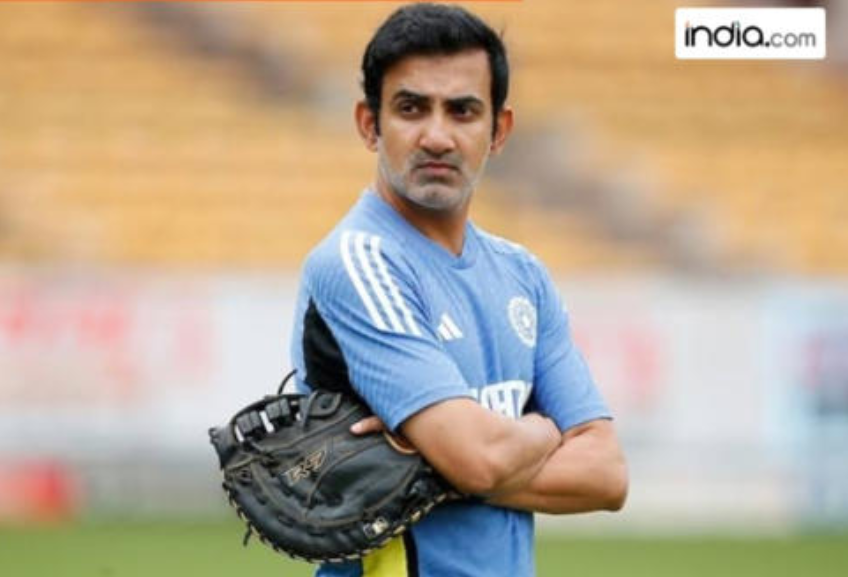In a significant move that has garnered widespread attention, the International Cricket Council (ICC) has reportedly rolled back one of its most controversial rules, a decision heavily influenced by consistent criticism from former Indian cricketer and current India head coach, Gautam Gambhir. Gambhir had famously labeled the rule as the “worst thing that ever happened to cricket.”
The Controversial ‘Two New Balls’ Rule
For years, Gautam Gambhir has been a vocal critic of the ICC’s rule, introduced in One Day Internationals (ODIs) in October 2011, which mandated the use of two new balls from both ends.
Gambhir argued vehemently that this rule unfairly disadvantaged finger-spinners by negating reverse swing and making the contest between bat and ball uneven. He frequently highlighted how prominent finger-spinners like Ravichandran Ashwin and Nathan Lyon, despite their Test success, found limited opportunities in white-ball cricket due to this very rule.
Gambhir’s Persistent Criticism Pays Off
Gambhir, in various interactions and public statements, including on Ravichandran Ashwin’s podcast, had passionately articulated his belief that the two new balls rule stripped away the essence of ODI cricket, particularly for spin bowlers and reverse swing specialists. He called for the ICC to reconsider, emphasizing the need for an equal platform for all players and to restore the balance between bat and ball. It appears his persistence, along with that of other former players and experts, has finally resonated with the global cricketing body.
The Rollback: One Ball from the 35th Over
The key change announced by the ICC, which will come into effect from July 2nd, states that in ODI cricket, teams will now use only one ball from the 35th over onwards, instead of two new balls from two ends for the entire innings. This amendment aims to address the issues of diminished reverse swing and the reduced effectiveness of spinners in the latter half of the innings, thereby creating a more balanced contest.
Wider Rule Changes Introduced by ICC
Beyond the significant rollback of the two new balls rule, the ICC has also introduced a series of other changes across formats:
- Stop-Clock in Test Cricket: To combat slow over-rates, a stop-clock has been introduced in Test matches. Teams must start a new over within 60 seconds of finishing the previous one. Two warnings will be issued, with a five-run penalty for subsequent violations.
- Revised Saliva Use Penalty: While the ban on saliva remains, umpires are no longer mandated to change the ball immediately if saliva is used. This is to prevent teams from deliberately applying saliva to force a ball change. A five-run penalty will still be awarded to the batting team if a violation is found.
- DRS System Enhancements:
- In caught-out reviews, if replays show no bat involved but the ball hits the pad, the third umpire will now also check for an LBW decision. Even if it’s “umpire’s call” in this scenario, the batter will be given out if the original decision was out.
- For deliveries resulting in multiple appeals (e.g., LBW and run-out), the third umpire will review decisions in the order of sequence of events.
- Umpires will now judge the fairness of a catch even if the delivery is a no-ball. If the catch is clean, only the extra run from the no-ball will be added.
- Deliberate Short Runs: Along with the existing five-run penalty for deliberate short runs, the fielding team will now be able to choose which batter faces the next ball.
The ICC’s decision to revert to a single ball in the later stages of ODIs is being hailed as a victory for traditional cricketing values and is expected to bring back key elements like reverse swing, enhancing the challenge for batters and providing more opportunities for bowlers, particularly finger-spinners.


